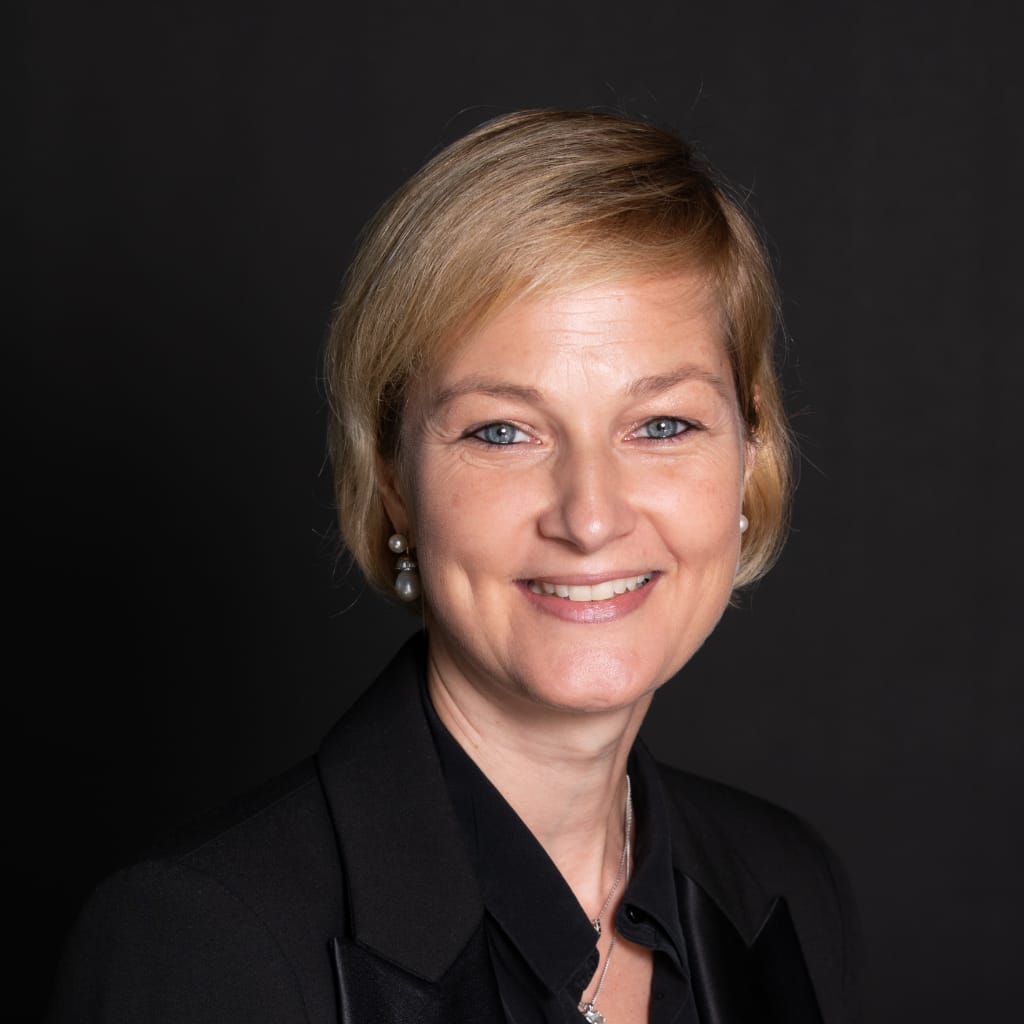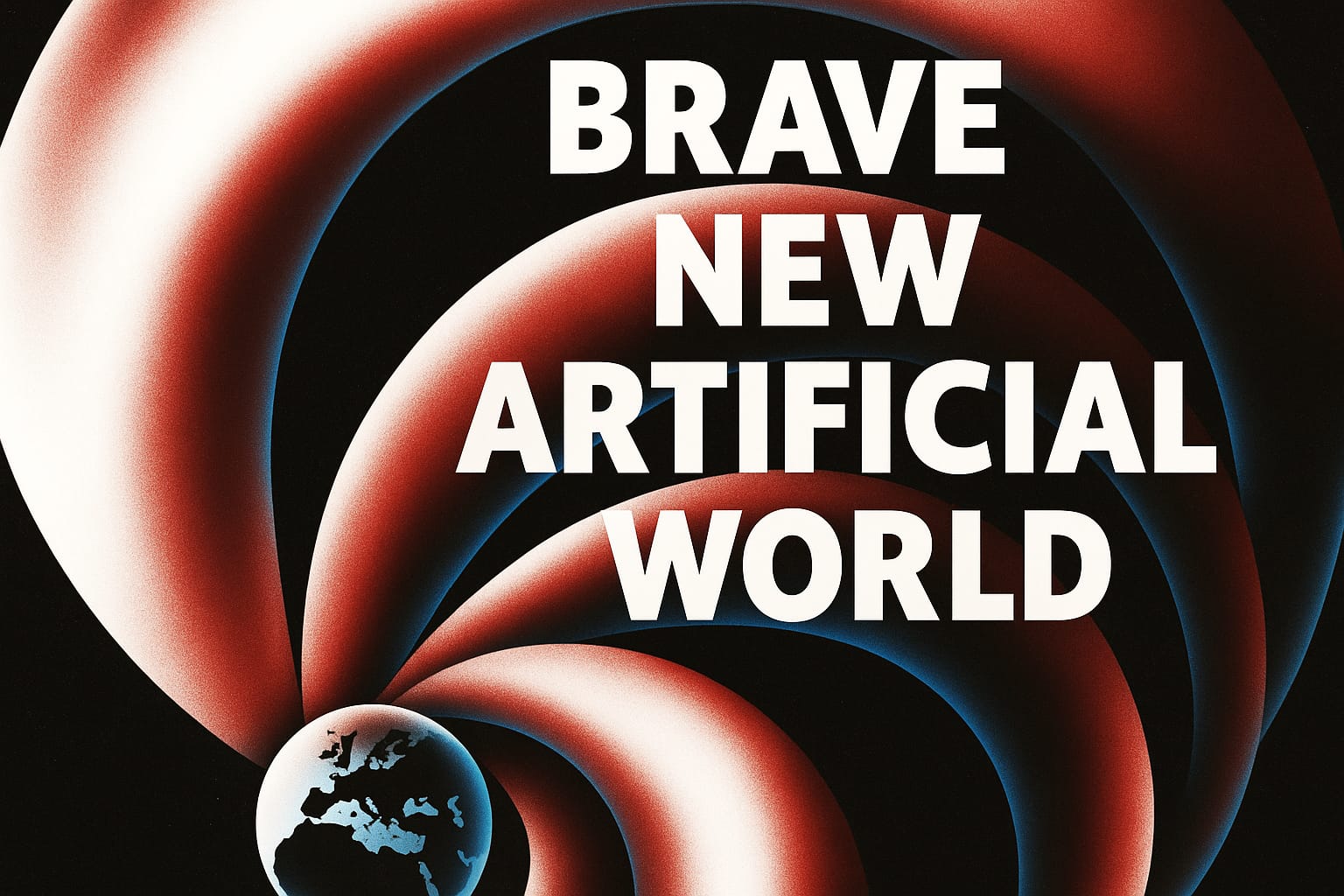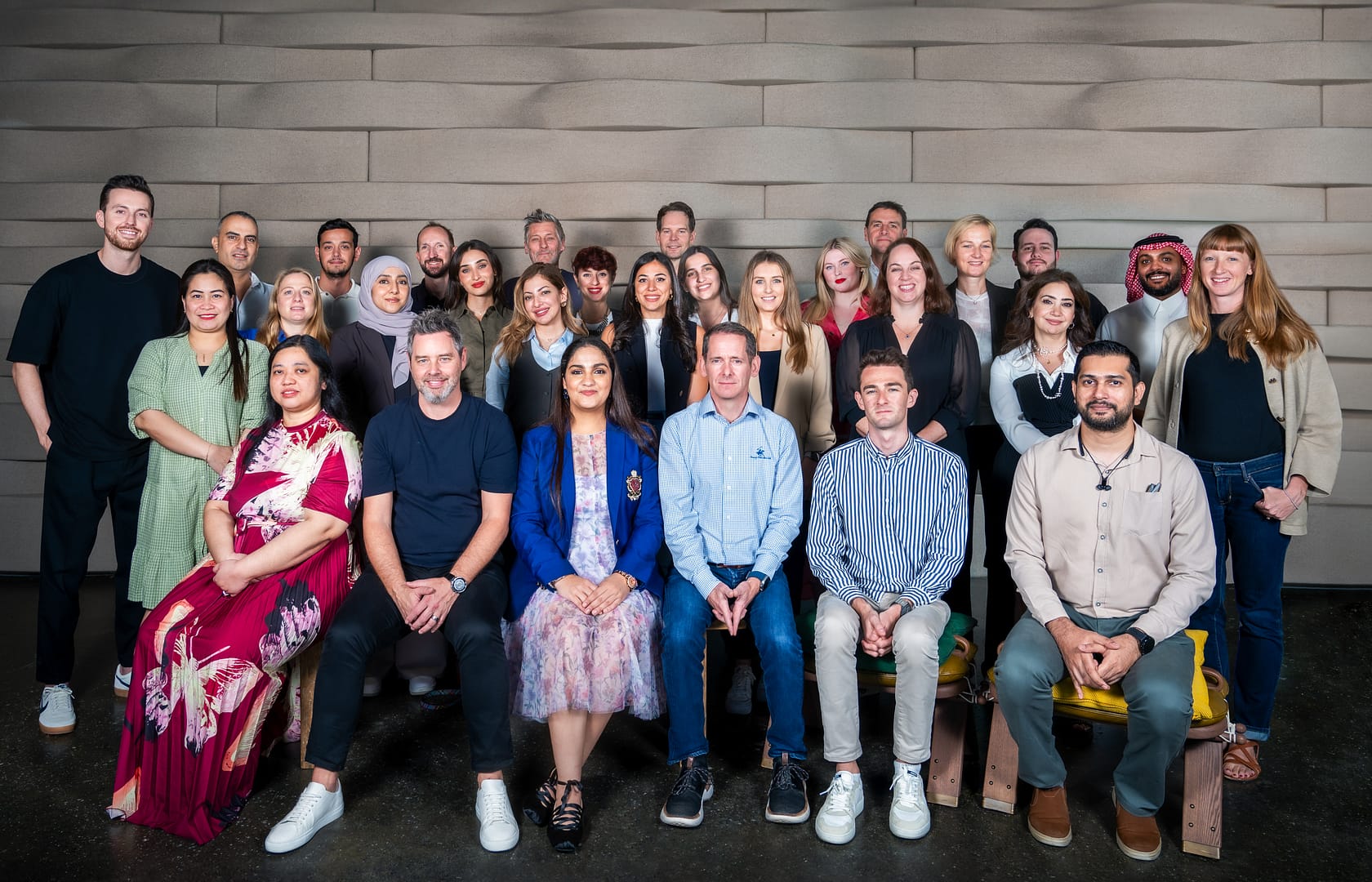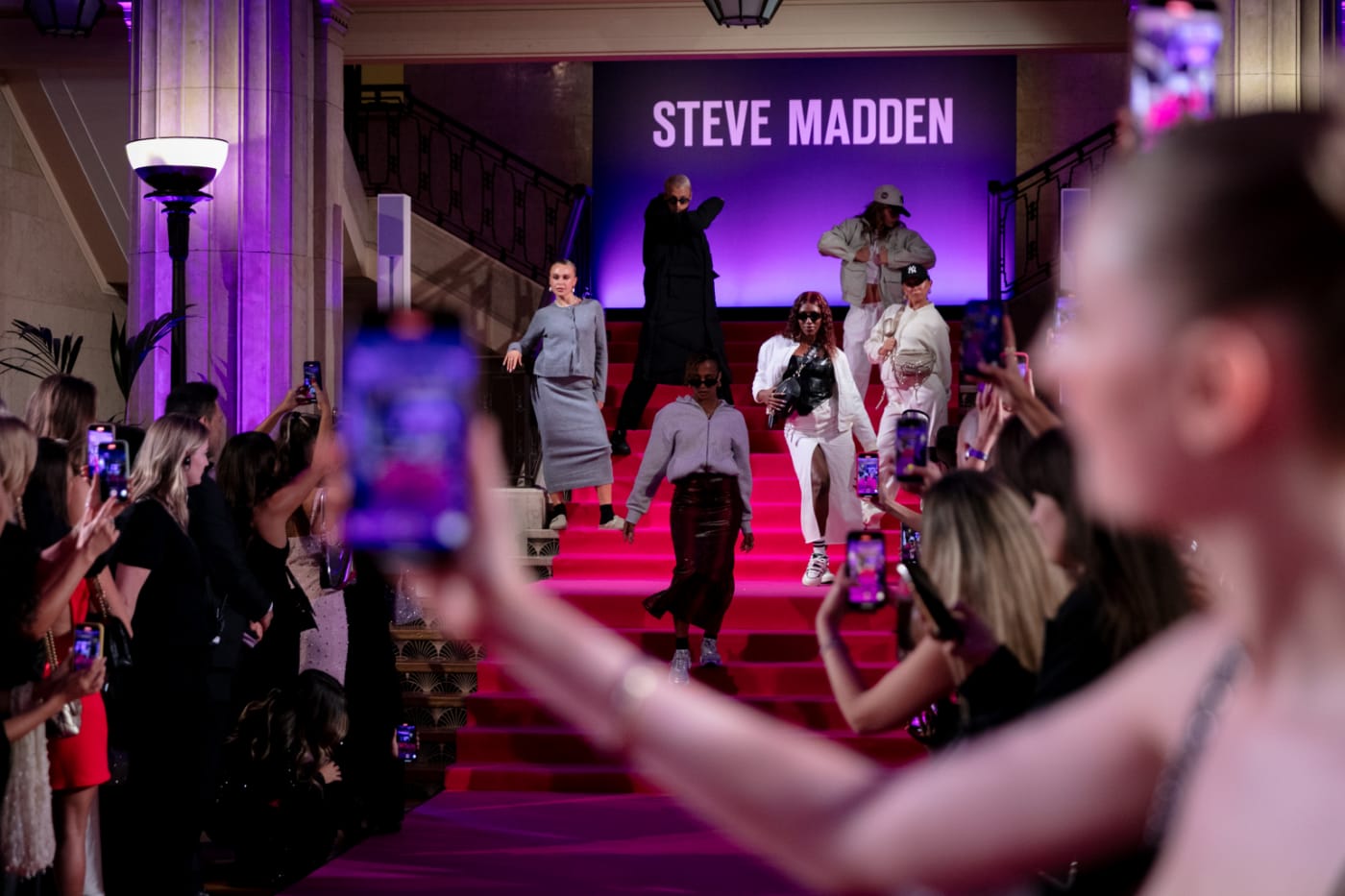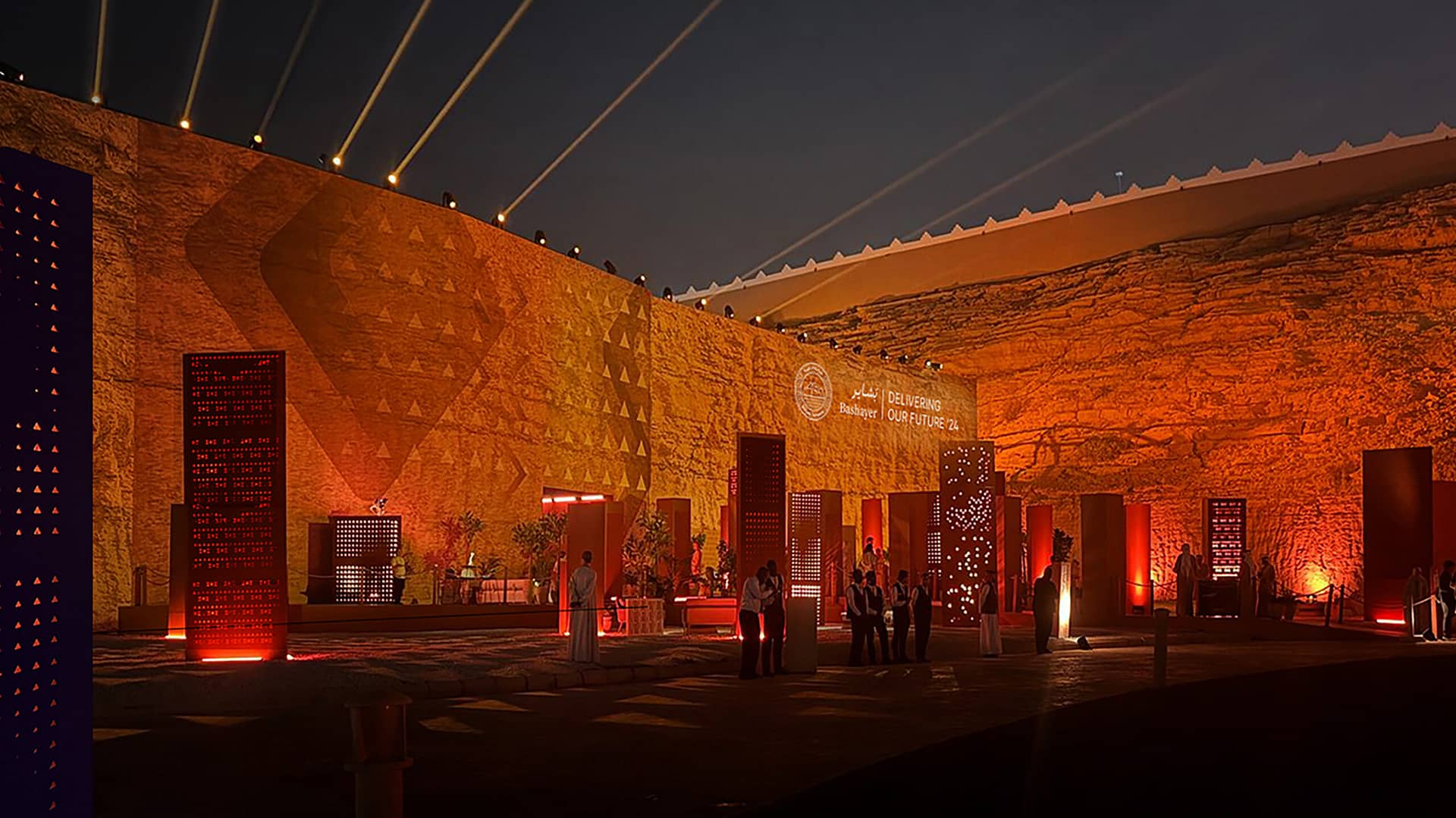
This article first appeared in Little Black Book written by, Elisabeth Anne, Managing Director, Middle East Region.
In a world saturated with digital noise, experiences have become one of the most powerful ways for brands, governments, and cultural institutions to cut through and forge genuine connections. The global landscape is shifting, but nowhere is this transformation more visible than in the Middle East, where culture, entertainment, and tourism are at the heart of national growth strategies.
Billions are being invested in experiences that blend art, technology, and community. Saudi Arabia’s Vision 2030, the UAE’s global event platforms, and Qatar’s world-class cultural agenda are reshaping expectations of what an experience can be. The region is not just adopting global trends; it is setting new standards for how art and experiences intersect.
From technology to humanity
Artificial intelligence (AI), augmented reality (AR), and virtual reality (VR) are no longer futuristic add-ons; they are becoming core to how audiences engage. But the true shift is not about technology itself; it is about humanising it.
AI can now interpret and respond to emotions in real time, enabling hyper-personalised experiences that anticipate what visitors will need or feel. AR and VR are expanding the canvas for artists, from museums layering digital storytelling onto exhibits, to virtual tourism that transports audiences across worlds without leaving the room. In the Middle East, where the appetite for innovation is high, these tools are being deployed with ambition and scale.
The war for attention
In an era where everyone carries a supercomputer in their pocket, attention has become the scarcest resource. Instead of asking audiences to put their phones away, smart experiences integrate them – using gamification, interactive content, and extended digital touchpoints that continue long after the event ends.
Museums, festivals, and even public installations are adopting game-like mechanics to encourage repeat visits and deeper engagement. In the Middle East, where young, tech-savvy populations dominate, this approach resonates strongly. The result: experiences that don’t just entertain in the moment, but build lasting relationships.
Rediscovering the offline world
At the same time, there is a counter-trend. In a hyper-digital age, people are seeking tangible, sensory-rich, and grounded experiences. Movements like “quiet luxury” and “slow living” are finding their way into design, hospitality, and the arts.
This is a call to curators, artists, and designers: invest in details that heighten presence and immersion. Not every experience needs to be photographed and shared online. In fact, the most powerful memories are often the ones that resist instant documentation. For Middle Eastern markets striving to balance tradition with modernity, this “back to the senses” approach offers unique resonance.
Inclusion and sustainability as imperatives
Today, accessibility and sustainability are not optional; they are defining features of successful strategies. From sensory-friendly spaces to universal wayfinding, inclusive design ensures that every individual feels welcome. Sustainability, meanwhile, is driven by both regulation and consumer demand. Across the region, we see venues and governing bodies prioritising reclaimed materials, zero-waste events, and partnerships with environmental initiatives.
When sustainability is made visible and interactive – through participatory art or eco-conscious activations – it strengthens both engagement and credibility. Middle Eastern audiences, particularly younger generations, are increasingly demanding it.
Community as the artist
One of the most exciting developments is the shift from art as product to art as community. Pop-ups, workshops, and crowdsourced installations are transforming spectators into participants. Cities are embracing this trend by activating public spaces with purpose-driven interventions that invite people to co-create.
In the Middle East, where communal values run deep, this approach feels particularly powerful. Governments and municipalities are supporting artists not just to decorate spaces, but to infuse meaning into them. The result: experiences that resonate locally while also attracting global attention.
Regional momentum
Nowhere are these shifts more evident than in the Middle East itself.
- Saudi Arabia is investing heavily in cultural infrastructure through Vision 2030. From the Diriyah and Jeddah Biennales to Riyadh’s King Salman Park, the Kingdom is embedding art and experiences into its social and urban fabric. These initiatives balance technology with cultural heritage, offering audiences something that feels both modern and distinctly Saudi.
- The UAE continues to lead as a global hub for experiences, thanks to its infrastructure and cosmopolitan outlook. Dubai, Abu Dhabi, and Sharjah regularly host visually stunning and technologically advanced activations, drawing international audiences while nurturing regional creativity.
- Qatar, fresh from the global stage of the FIFA World Cup, is leveraging its facilities to host major cultural events. Sustainability and heritage are central to its strategy, ensuring that experiences feel authentic and future-facing at the same time.
Together, these markets are positioning the Middle East as the world’s laboratory for experiential innovation.
The future belongs here
As we near the end of 2025, one thing is clear: experiences that combine technology, authenticity, inclusivity, and sustainability will define the future. Nowhere is better placed to lead this movement than the Middle East, where ambition meets cultural depth, and where governments, brands, and creatives are united in their drive to connect with people in meaningful ways.
The region has a once-in-a-generation opportunity, not just to catch up with global trends, but to set them. The question is not whether the Middle East will define the future of experiential art, but how boldly it will shape the story for the world to follow.
